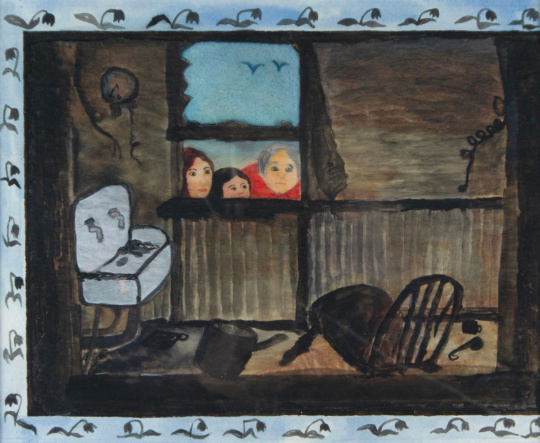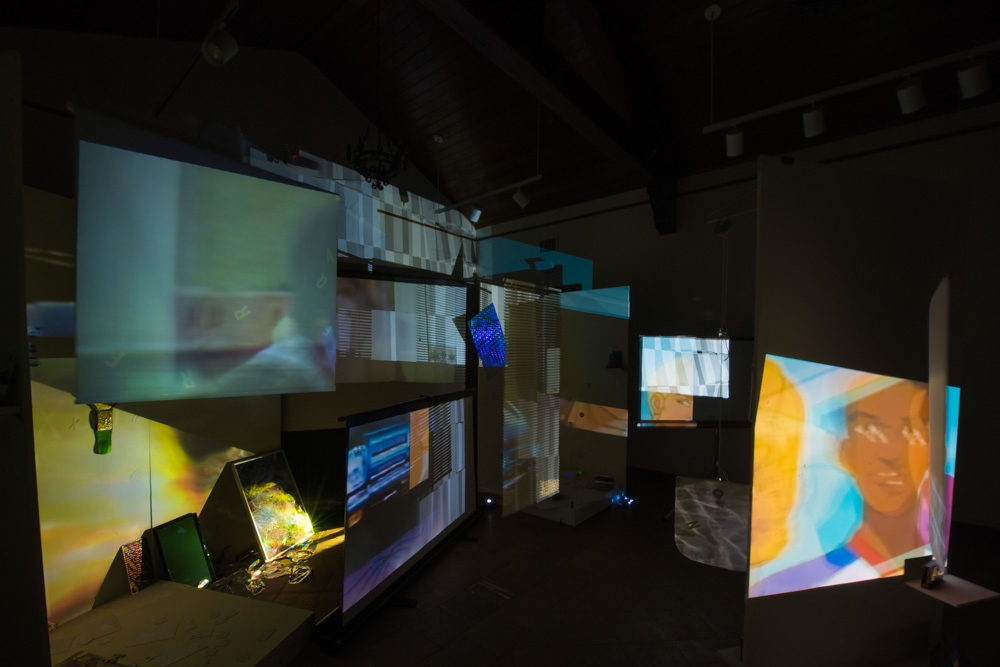
Artist-poet Jibade-Khalil Huffman explores identity and the complex narratives of life in his exhibition currently on view at Flagler College’s Crisp-Ellert Art Museum in St. Augustine, Florida. “A Tondo for Rajon Rondo” features video, photography, and sculpture in provocative and confrontational multimedia and 2-D work. “The title refers to Rajon Rondo, the NBA point guard for the New Orleans Pelicans and the idea of making a tribute to him into a tribute to ‘difficult’ blackness,” says Huffman of Rondo, who is known for his incendiary comments off the court as much as his undeniable skills in the game.
The main gallery features a series of large-scale archival inkjet photographs and “paintings.” The latter being a series of archival inkjet prints on transparencies and canvas that are layered and stretched onto traditional stretcher bars.
A black-and-white portrait of Dr. Martin Luther King Jr. seems to split open to reveal fragments of color and faces peering out at the viewer. In another piece, three washes of purple, yellow, and aquamarine float in a vortex of leaves. Across the room, a large photo offers a disquieting view of a night garden, where shadows seem to prowl along a fence line. Separately these pieces have a certain rambling impact; collectively they create a totally subjective story, with the feeling that this narrative could easily change on a return visit.
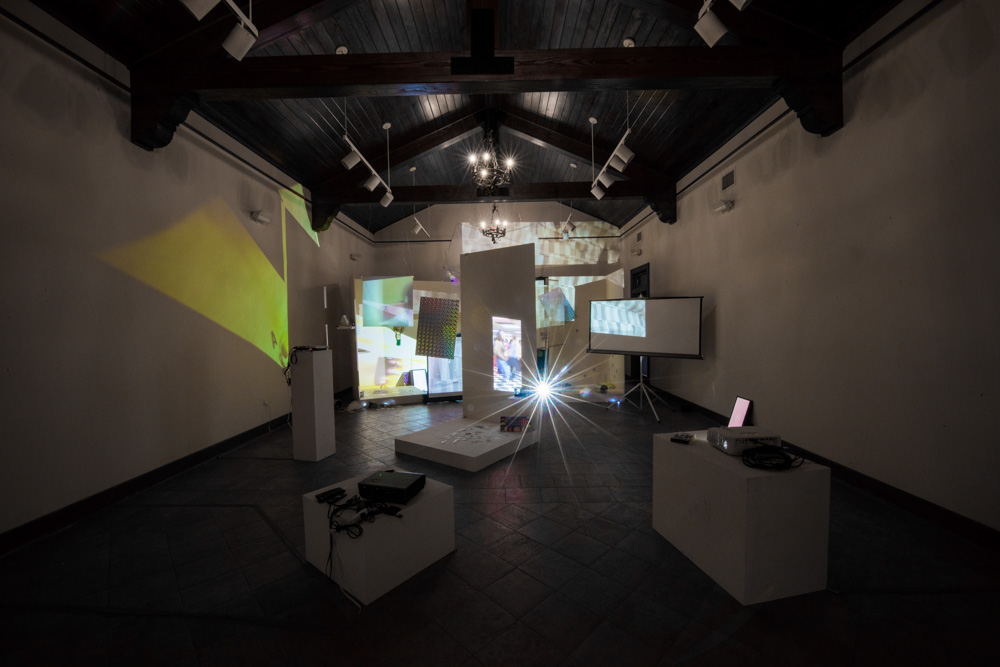
The centerpiece of the exhibition is the site-specific sculptural installation Sculpture for Migos, which combines video, lighting, projections, audio, and objects to great effect. Within Migos, the shifting interrelationships between seemingly disparate sources—such as sitcoms, animated cartoons, and abstract light effects—create a singular atmosphere that can feel overwhelming at times. Scenes from the 1970s sitcom Good Times play beside video clips of people on a dance floor, which play beside a black screen flecked with dots of multicolored lights. In a brief video segment, Houston Rockets player James Harden appears rolling his eyes and then walking away from an on-court sports commentator.
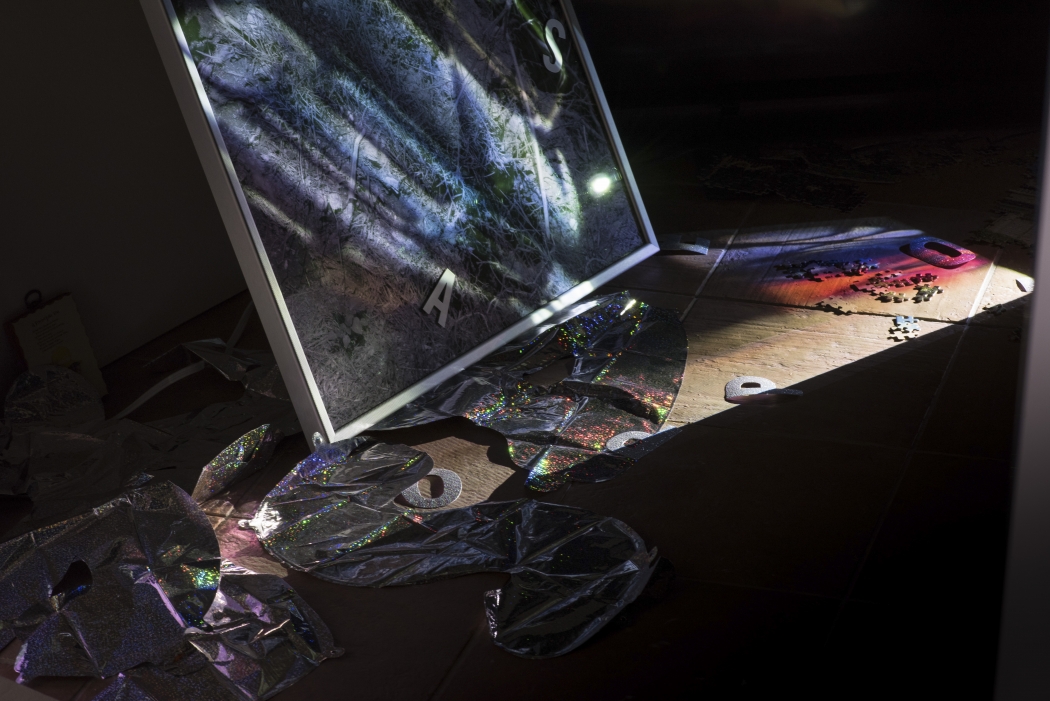
Snippets of dialogue and a driving soundtrack vie for the viewer/listener’s attention; the sounds ebb and flow—a hip-hop beat seguing into a dronelike, industrial rhythm. VHS copies of the films Africa Screams, The Best Man, Children of a Lesser God, and Baby Boy are set on different staging and pedestals. Venetian blinds and a traction weight bag hang midair; adjacent to these are a jigsaw puzzle and cutout letters. Slowly walking through the confines of the space, these objects, when combined with the synchronized videos onscreen and projected on surfaces, threaded together with the unpredictable soundtrack, leaves the viewer with an experience that can be both jarring and meditative. Any subjective narrative is quickly shattered, agitated, and reformed within Migos’ unstoppable, living pulse.
Sculpture for Migos is both highly affecting and in some ways wholly inscrutable: The same high energy of the collective media hitting the viewer at once can also feel overwhelming. Creating a personal narrative is certain when standing in the middle of this multimedia vortex; knowing whether or not this personal storyline is on the same page as Huffman’s can feel unclear. Yet his skills at taking current art concepts, particularly in forging a dream-like, synesthesia-triggering piece are indisputable.
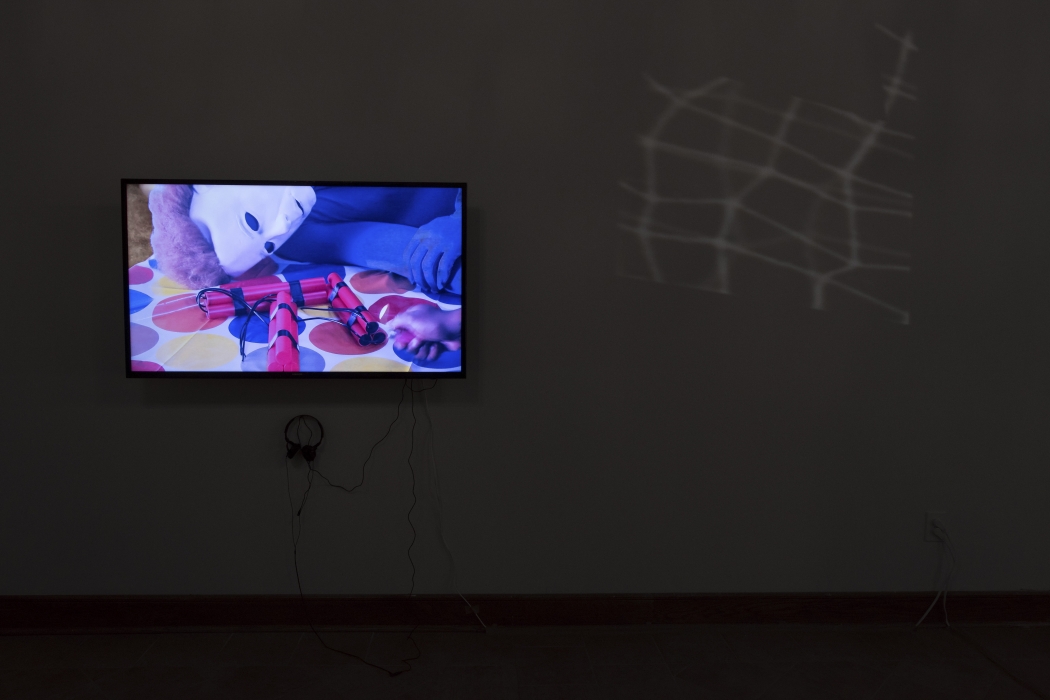
Sculpture for Migos was made while Huffman was in residence at CEAM. “The whole thing is both really personal in terms of the references in the installation and universal in its address of movement, attitude, introspection and being in the black body,” Huffman explains. Featured in the same space, Poems for Every Occasion (single channel video, color, sound, 20 min; 2017-2018) contains a series of video-poem vignettes; each with brief flashes of imagery: A camera panning Kubrick-style across a kitchen and adjacent room; a figure wearing a green-screen bodysuit wearing a mask; a figure stands motionless in front of a white car’s headlights.
Not unlike experiencing Migos, in these poem vignettes, possible narratives are so open that they aren’t easy for the viewer to readily fill. However, in contrast to the dominating force of Migos, with Poems for Every Occasion Huffman is working with such basic and ephemeral imagery that the viewer can feel less pressure to “keep up” with the video content. That simplicity offers a kind of breathing room to reexamine their views and narratives at a languid pace.

“The piece creates a larger, lyrical narrative out of these vignettes. All of the meaning is there, as in every poem,” says Huffman, who is the author of three books of poetry and the winner of the 2004 Grolier Poetry Prize. “But this is complicated by the work being a video and not words on a page, and the meaning can be altered by viewers’ associations with the visuals. But ultimately it’s a poem or poetic sequence, through and through, and I hope people aren’t dissuaded to read it as otherwise because of the format.”
Huffman’s show is part of CEAM’s artist-in-residence program, which invites contemporary artists to work in St. Augustine, explains CEAM director Julie Dickover, who also helms the artist-in-residence program. “I was fascinated that Khalil is a published poet,” she stated, “but started to realize the things that he couldn’t express through language.” Dickover admires his multimedia approach to each subject he addresses.
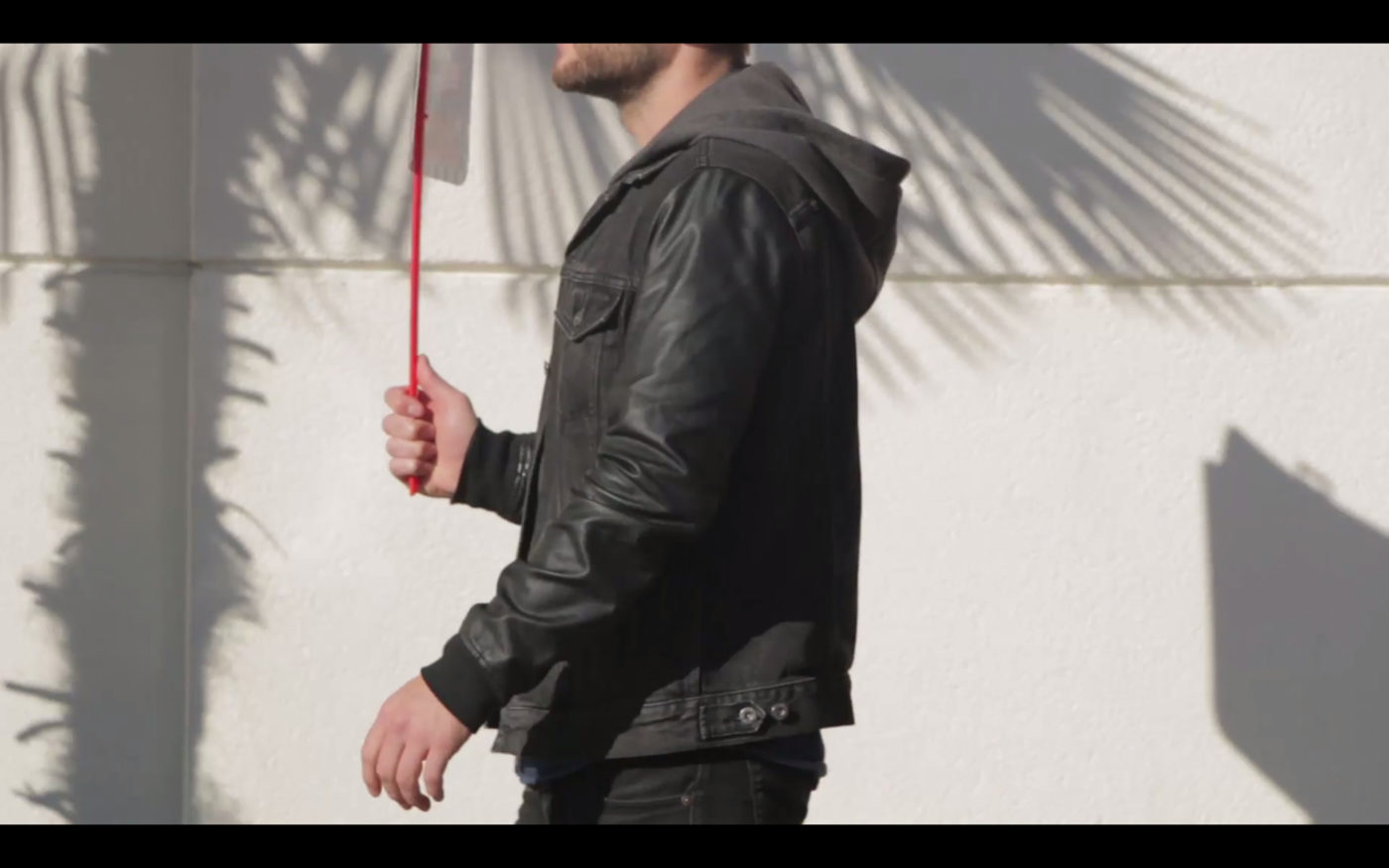
Methodology and inspiration aside, when pressed to describe his work to the uninitiated, Huffman is succinct: “I would describe it as working to achieve the kind of freedom not to have to answer this question — it’s about doing the opposite of boiling things down to one sentence. It’s about how life is complicated.”
A Tondo for Rajon Rondo is on display at the Flagler College’s Crisp-Ellert Art Museum, St. Augustine, Florida.

